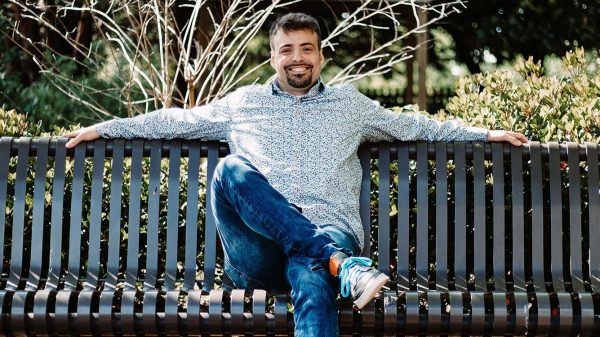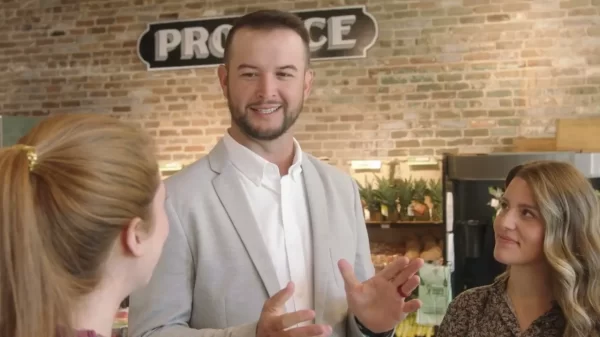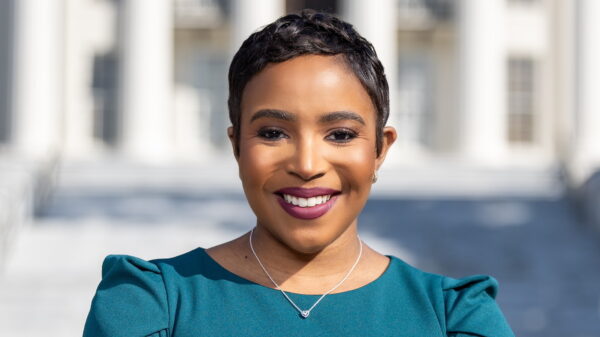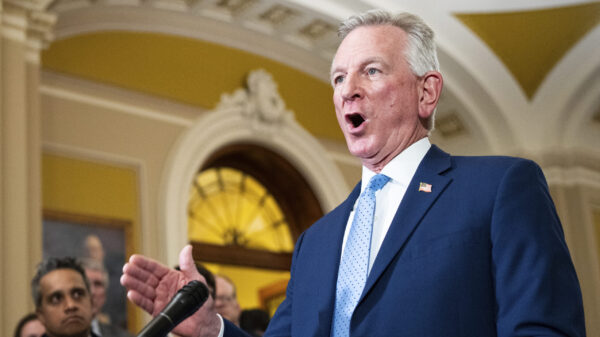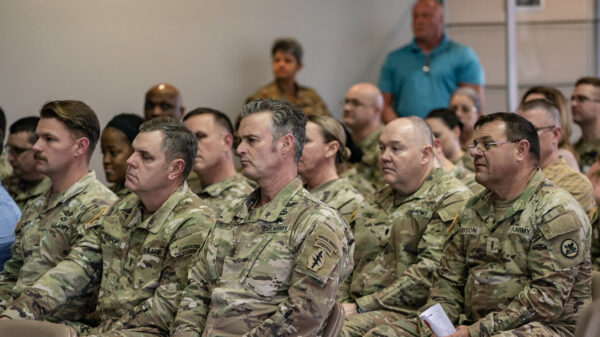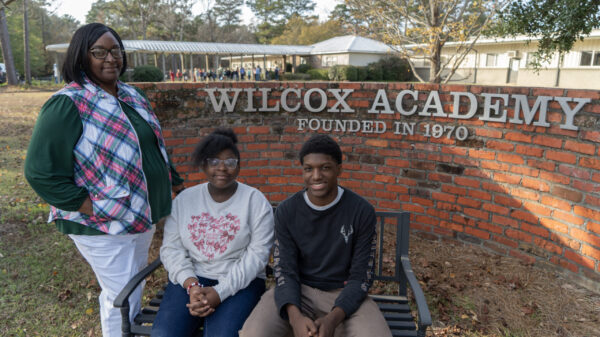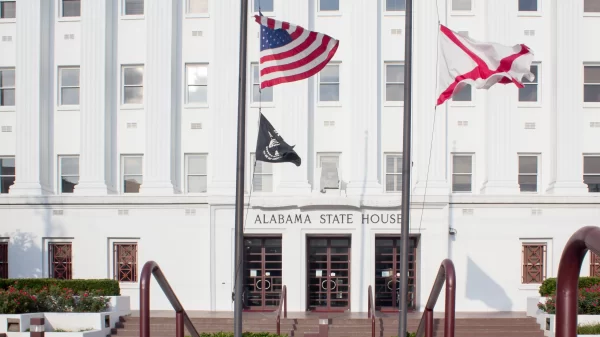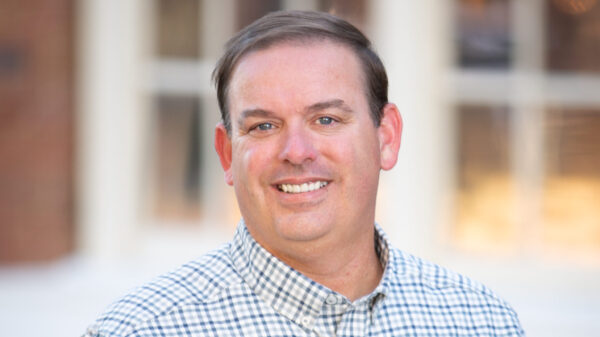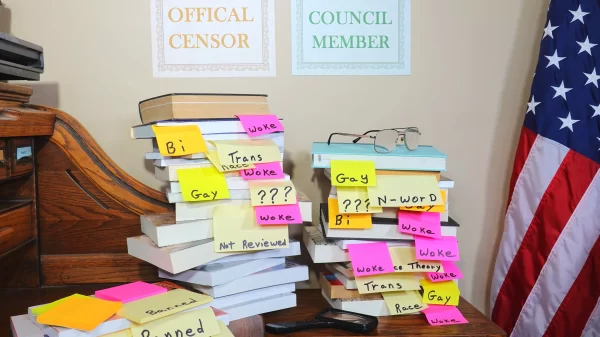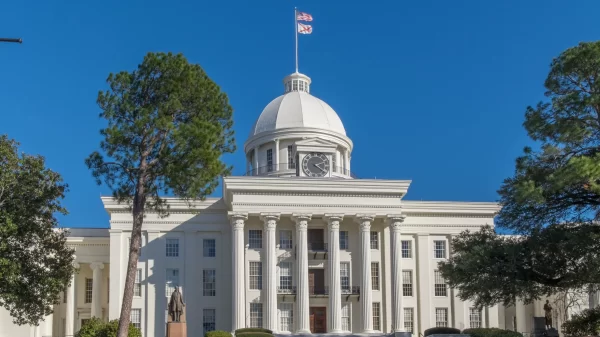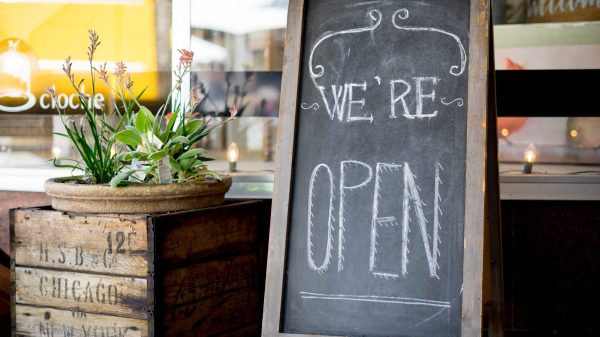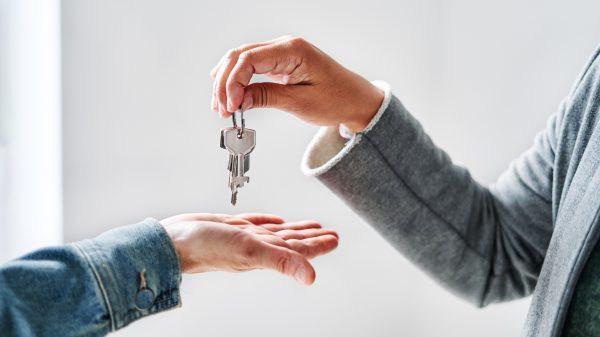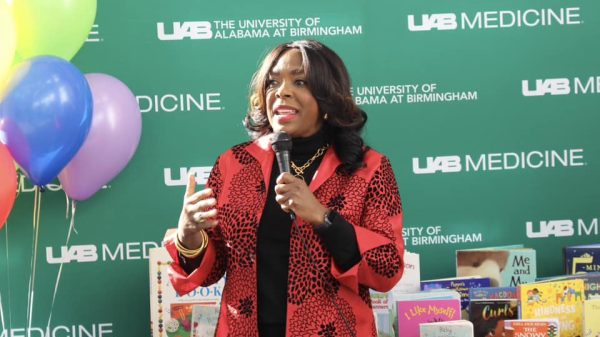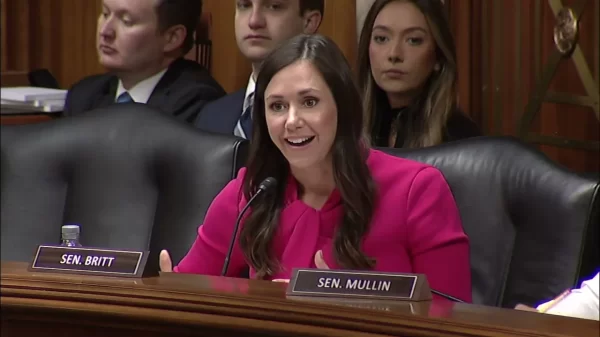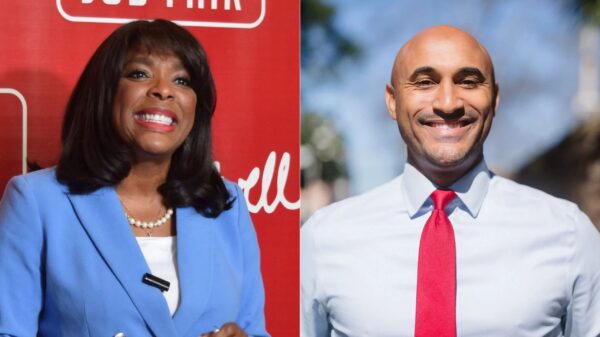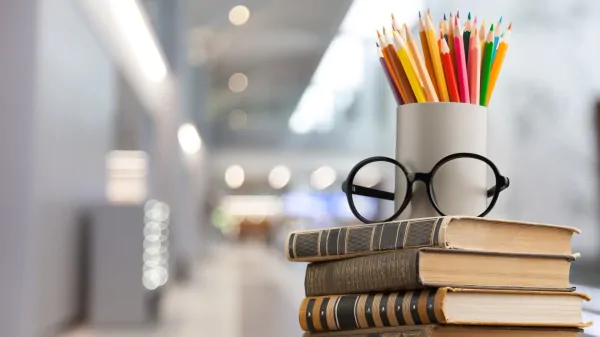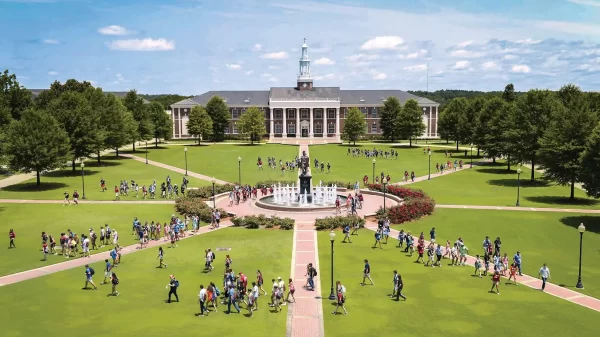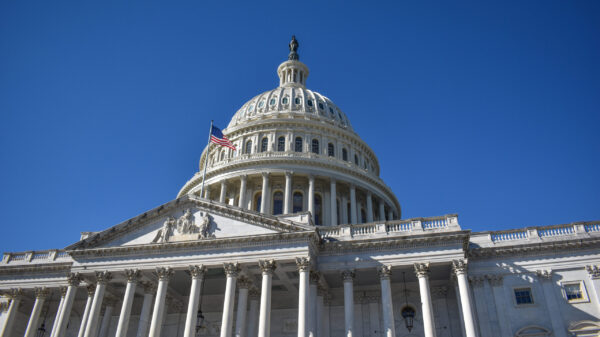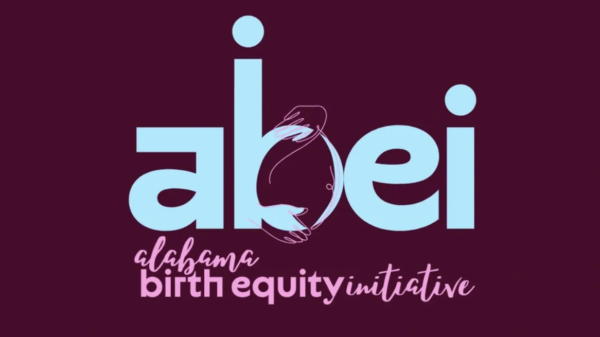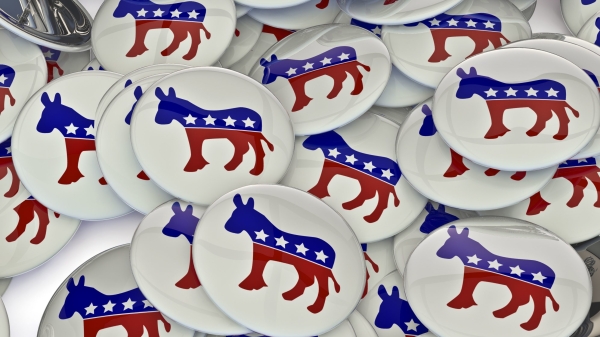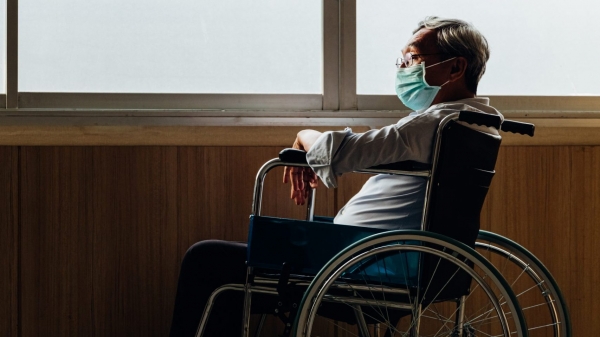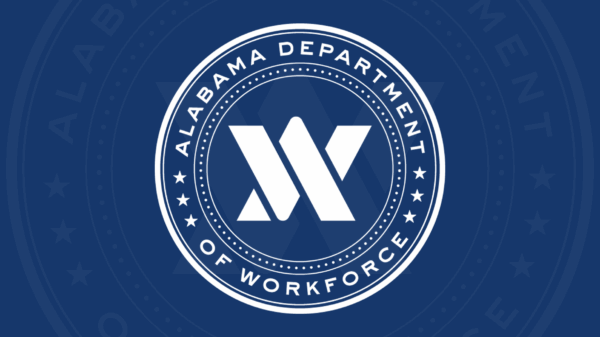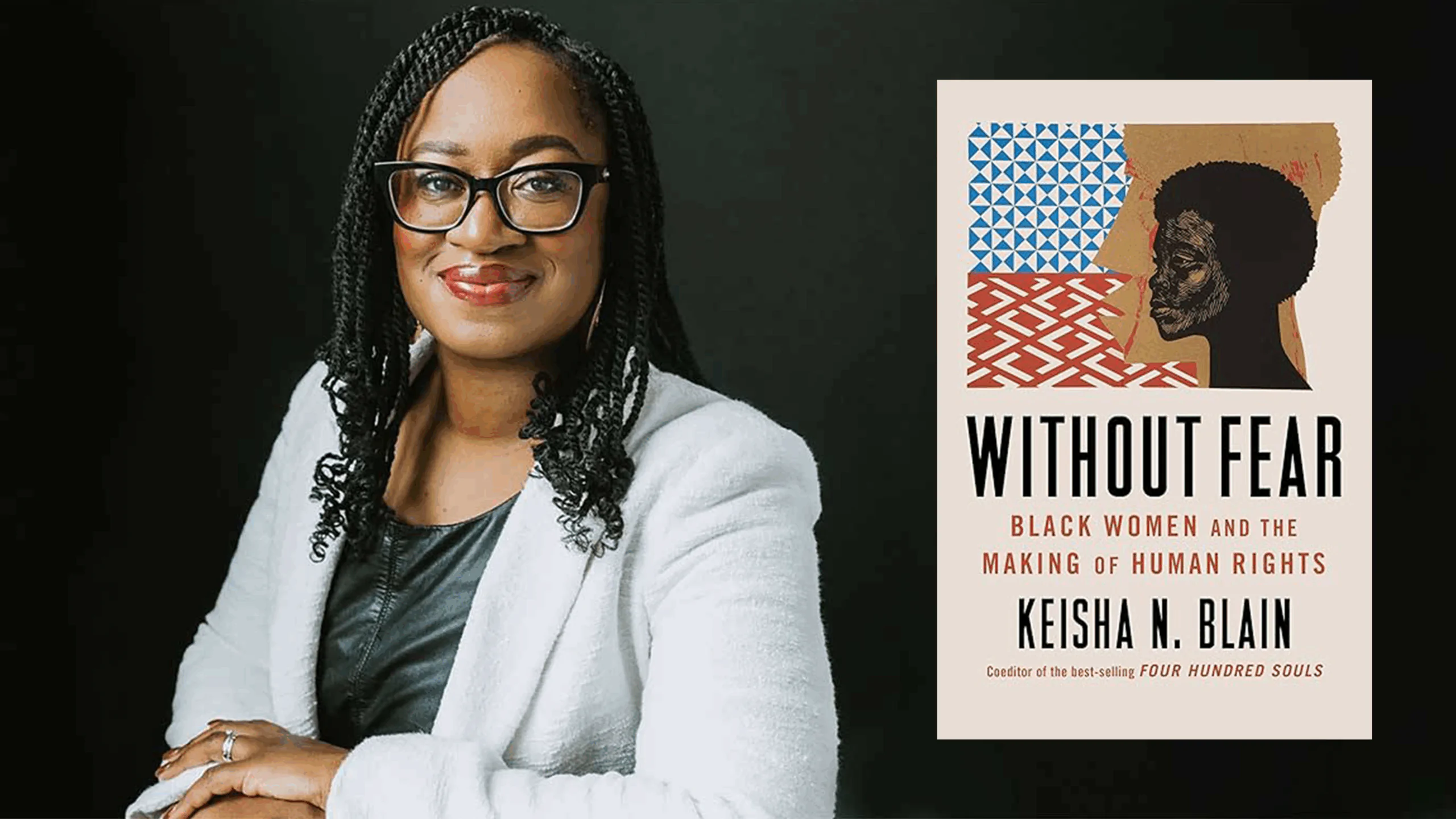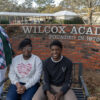In her new book, “Without Fear: Black Women and the Making of Human Rights,” author and historian Keisha N. Blain shines a light on the often underrepresented stories of the African American women who played a foundational role in shaping our modern understanding of human rights, both in the U.S. and abroad. Interestingly, several of these women’s stories share a common thread: a connection to the state of Alabama.
From Pearl Sherrod’s upbringing as the daughter of farm laborers outside of Montgomery, to Esther Cooper Jackson and Dorothy Burnham’s time working at the Southern Negro Youth Congress, SNYC, headquarters in Birmingham, the state of Alabama appears frequently throughout these women’s stories as they each grew into key figures fighting for the human and civil rights of African Americans, women and marginalized people around the globe.
APR recently spoke with Blain to better understand how Alabama informed these women and their activism and to discuss how their stories may still be relevant to Alabamians today.
“I think Alabama has always been a significant space for Black political organizing,” Blain told APR. “As you know, given the history, it has not been an easy place for Black Americans just given the context of Jim Crow, for example, and the challenges around segregation clearly, racial violence; all of these were the kinds of challenges that black people endured in the state. And that’s not unique to Alabama, but certainly it’s one of the hallmarks if you’re thinking about the U.S. South in general—certainly in the 19th century, early 20th century, and leading up to the more modern civil rights movement of the ’50s and ’60s. Despite the challenges, however, the state has been a crucial site for political organizing.”
“One of the things that I think is quite clear in the book is that the women who I discuss find a range of spaces in which to strategize around improving conditions for Black people,” Blain continued. “One obvious space becomes the Black church, as both the religious and, to an extent, political space where women can work together to think about the strategies that they could employ to expand opportunities for Black people in the state [and] to challenge segregation. Sometimes that takes place in the form of challenging the law certainly, and so groups like the NAACP play a significant role in the state. And so, despite the challenges, it does become a crucial site for strategizing broadly.”
Blain went on to highlight the story of Pearl Sherrod as a specific example of how the struggles Black women faced in Alabama during the 19th and 20th centuries actually served to fuel their political activism.
“One of the women who I talk about in the book is Pearl Sherrod, and she’s an interesting figure because she’s not attached to any of the mainstream organizations such as the NAACP, or the Urban League, or so on,” Blain explained. “She grew up in a rural community southwest of Montgomery and she does not get involved in politics in these early years, but I do talk about Alabama as being a space where we can see her really developing into someone who’s thinking politically, who’s getting a sense of the challenges that Black people are facing, not solely in the state, but really across the nation and across the globe.”
“Her family certainly play an important role in, I think, shaping her formative years,” Blain continued. “I talk about her being part of a very large family, living on a plantation essentially, where she has to help her family—she grew up in poverty. So I emphasize that point, and I think all of these experiences do play a role in shaping her politics later.
“What I mean by that is she ends up focusing primarily on what we talk about as ‘bread and butter’ issues today, and I think that’s partly out of her kind of class positioning, how she grows up. She’s thinking about poverty certainly throughout her lifetime. She’s thinking about economic injustice. She’s thinking about racial violence. And so there’s a way in which the experiences that she endures in her earlier years in Alabama still remain at the forefront of her mind as she’s then later moving to Detroit and working with a range of more radical activists in the 1930s.”
In Blain’s view, Sherrod’s story is representative of how the experiences of the Jim Crow South could sometimes serve to politically activate the very same women who faced its inescapable realities of segregation and racial violence on a daily basis.
“I think you could argue that, as difficult as the space certainly was for women, I think it it did create opportunities for them to be engaged politically,” Blain said.
Meanwhile, other women, like Esther Cooper Jackson and Dorothy Burnham, developed their passions for human rights and more radical left-wing political activism outside of Alabama before moving to the state to fight against segregation in the heart of Jim Crow. For both Cooper Jackson and Burnham, that meant involvement with the Communist-aligned Southern Negro Youth Congress, whose headquarters was based in Birmingham. Although both women eventually left Alabama, their time in the state undoubtedly informed their later work as two of the key figures behind Freedomways, one of the most influential periodicals for Black activists during the Cold War.
Today, Blain argues that women like Sherrod, Cooper Jackson and Burnham should serve as examples of how just one individual—even an individual facing systemic disadvantages—can have an outsized impact on the world around them.
“I think these stories are inspiring partly because it really does help us understand how one individual can make a difference—including one individual who might not have much in terms of financial resources or might have limited formal education and might feel like the odds are against them,” Blain said. “Think about what it means for black women who are not even viewed as citizens of the United States—because at the time they don’t have full access to the vote and they’re being blocked in so many different ways—and yet they are still committed to advocating for rights, not solely for themselves, but for all people and especially marginalized groups.”
For Blain, an example of that commitment to advocacy—even in the face of adversity—can be found in the infamous Scottsboro case in which nine Black teenagers were arrested in northern Alabama and falsely accused of raping two white women in 1931. Through the activism of the teenagers’ mothers, the Communist Party of the United States, the International Labor Defense, ILD, and other Black women activists (including Pearl Sherrod), public opinion shifted both at home and abroad, and the Scottsboro boys avoided execution.
“I think about the Scottsboro case and just the way women organized around that case and the way they not only organized in Alabama, the way they not only organized on a national level, but on an international scale. The way that women traveled across the globe to bring attention to what’s going on in Alabama to make a broader claim about what needs to change, not just in the U.S., but what needs to change globally,” Blain said.
“And so I do think that reading these stories helps us think about what we can do even when we feel powerless, and I know there are many people who feel powerless in this moment as they’re dealing with a range of challenges,” she continued. “I think reading these women’s stories gives us a sense of how one can affect change from the ground up with just a little… and as you can imagine, some of the challenges these women faced we’re still facing today. So I think as people read the book, they’ll recognize many of these moments and they’ll see it in their everyday life and perhaps the strategies that women are employing, especially the way they come together, the way they form transnational alliances, the way they come together as a community across racial lines, I think that’s the story that is particularly meaningful in this moment.”
“Without Fear: Black Women and the Making of Human Rights” by Keisha N. Blain is available now through W. W. Norton & Company.


